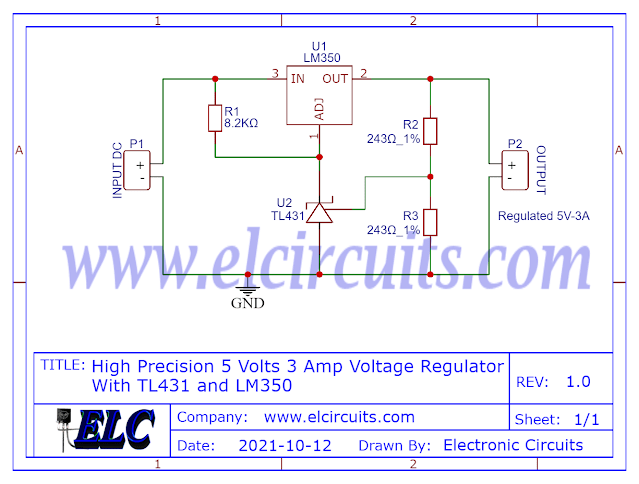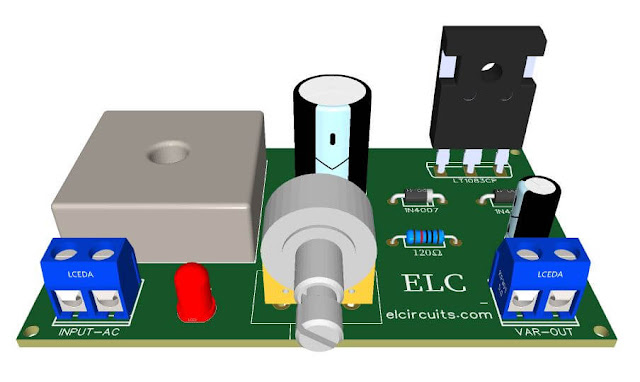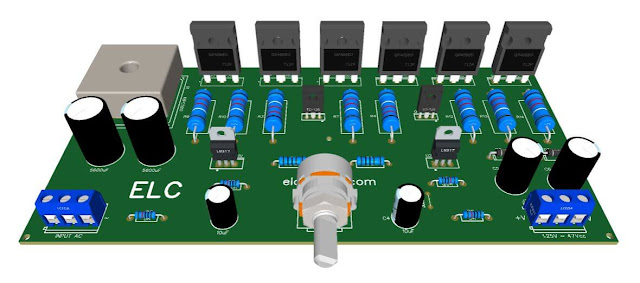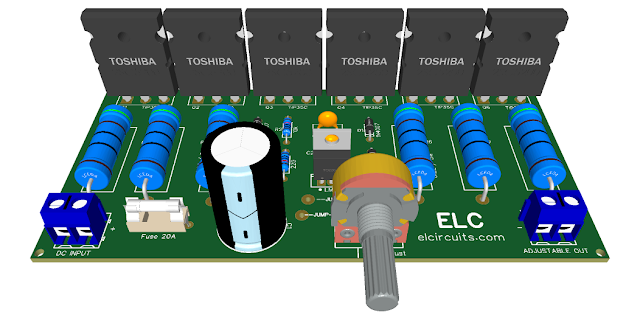 |
| Fig. 1 - 4A Low-Noise High-Frequency Step-Up DC-DC Converter using MAX1709 with PCB |
Integrated Circuit General Description
You may be interested in:
- Switched Power Supply SMPS 13.8V 10A using IR2153 IC and IRF840, with PCB
- Adjustable Power Supply 1.5V to 28V, 7.5 Amps With IC LT1083 + PCB
- Adjustable Power Supply 1.2V to 37V, 6A, Short Circuit Protection with LM317 and TIP36 + PCB
- Adjustable Switching Power Supply 5.1 to 40V, 2.5 Amp using L4960 + PCB
- Symmetrical Adjustable Power Supply 1.25V to 47V 10 Amps with Short Circuit Protection + PCB
- Adjustable Power Supply 1.25v to 57V, 6 Amps with TIP36C + LM317HV + PCB
- Adjustable Power Supply 1.25v to 33V, 3 Amps with LM350 + PCB
- Stabilized Power Supply 13.8V High Current 10 Amps with PCB
The Circuit Schematic
 |
| Fig. 2 - Schematic Circuit 4A Low-Noise High-Frequency Step-Up DC-DC Converter using MAX1709 |
Components List
- Semiconductors
- U1 ...... MAX1709 SMD Integrated Circuit
- D1 ..... B520C SMD Schottky Diode 5A
- Resistor
- R1 ..... 312KΩ SMD resistor (orange, brown, red, orange, gold)
- R2 ..... 2Ω SMD resistor (red, black, black, gold)
- Capacitor
- C1, C2, C6, C7 ... 150uF SMD Tantalum Capacitor
- C3 ....................... 10nF SMD Ceramic Capacitor
- C4 ....................... 220nF SMD Ceramic Capacitor
- C5 ....................... 100nF SMD Ceramic Capacitor
- Miscellaneous
- L1 .......... 1uH 5A SMD Inductor
- P1, P2 .... 2-pin PCB soldering terminal blocks (Optional)
- Others .... Printed Circuit Board, wires, etc.
Printed Circuit Board
In Figure 3, we provide the PCB - Printed Circuit Board, in GERBER, PDF and PNG files. These files are available for free download, on the MEGA server, in a direct link, without any bypass.All to make it easier for you to do a more optimized assembly, either at home, or with a company that prints the board. You can download the files in the Download option below.
 | |
|



























